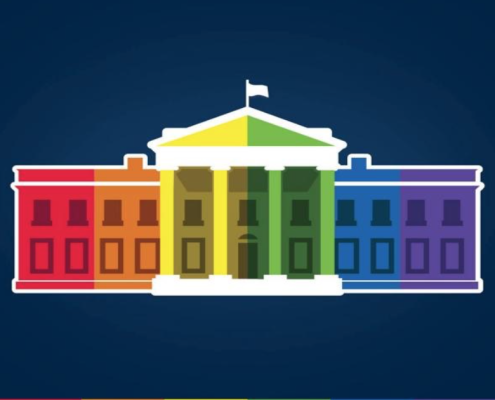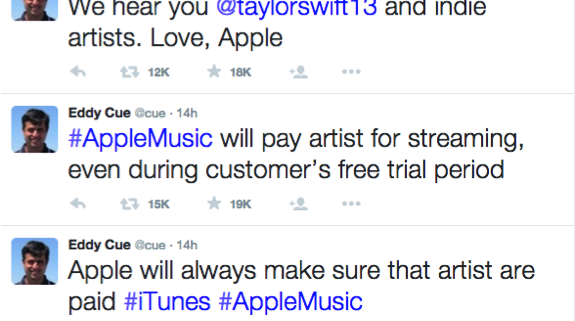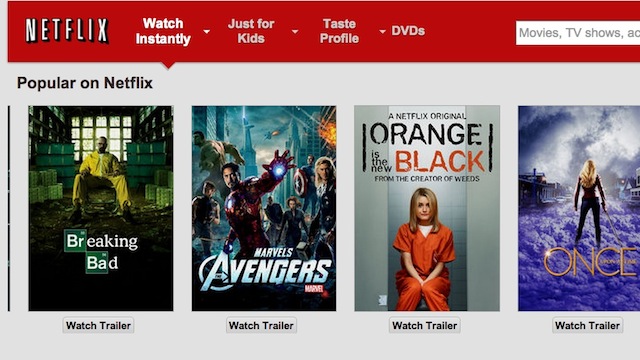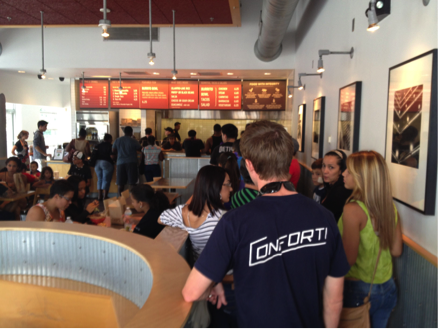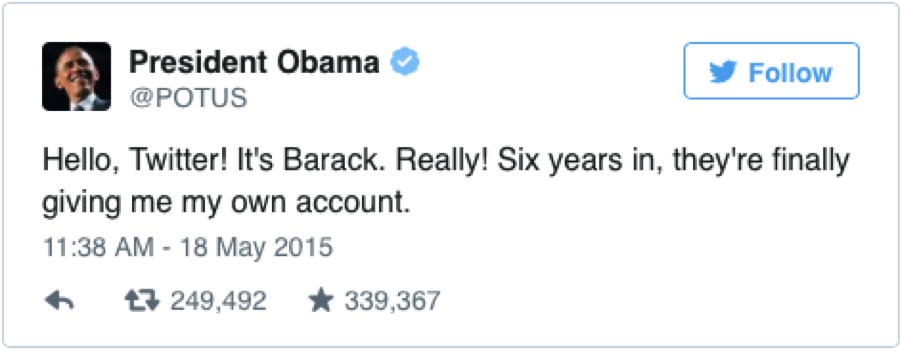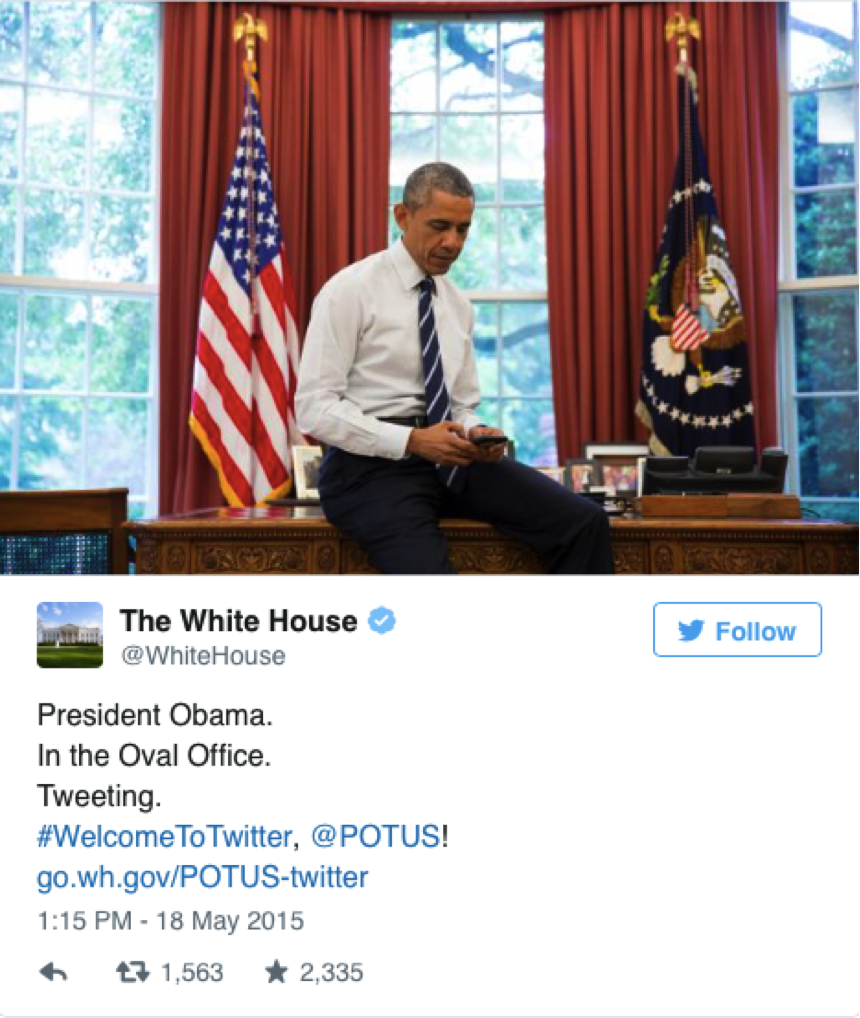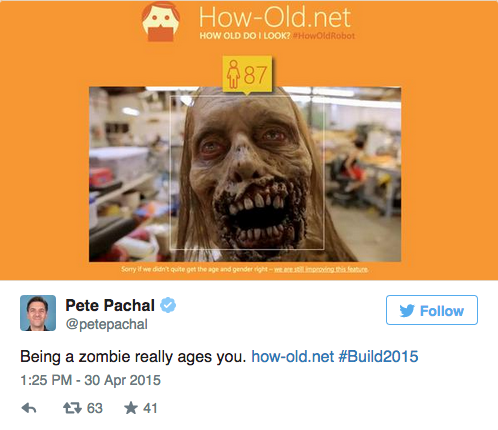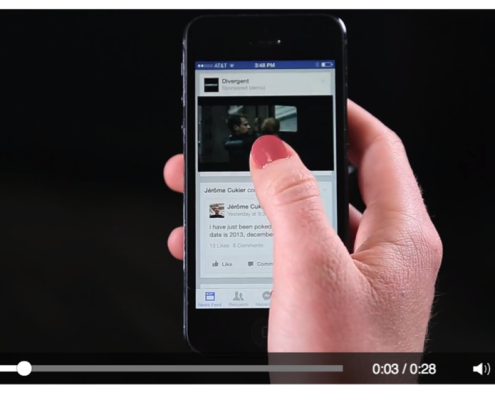
Facebook recently made an announcement that is bound to shake the content marketing world: the social media giant plans to host videos directly on their site. At first glance, this may seem like a small functional detail, but the effects it carries could drastically influence content creation going forward.
As of today, most video content is hosted on YouTube. Content creators and publishers use it as a platform and hosting space for everything from ads to makeup tutorials. For the last couple of years, Facebook and YouTube have worked together synergistically to spread viral content. This made absolute sense in a less mature social media landscape: a growing social network got excellent, free content and an established video hosting site received views, and therefore, revenue.
However, this relationship is currently on the rocks. Facebook announced that it would now allow users to publish video content directly. In return, the site is looking to reclaim the revenue that YouTube has been collecting on their behalf. By offering 55% of their ad revenue to content creators (the same as YouTube), Facebook is making a major move into the realm of video content. This change comes at no surprise given that by 2017, it’s anticipated that nearly 70% of Internet traffic will be from video.
For content creators, this means yet another unique channel for video publishing. More importantly, this also means another set of decisions to consider before publishing content. Rather than being able to leverage YouTube and Facebook simultaneously, marketers will increasingly need to consider the demographics of each site to maximize engagement. While only the largest publishers may be affected short-term, this move by Facebook signals how much, and to what borders-defying extent, social media may evolve in the coming years.

